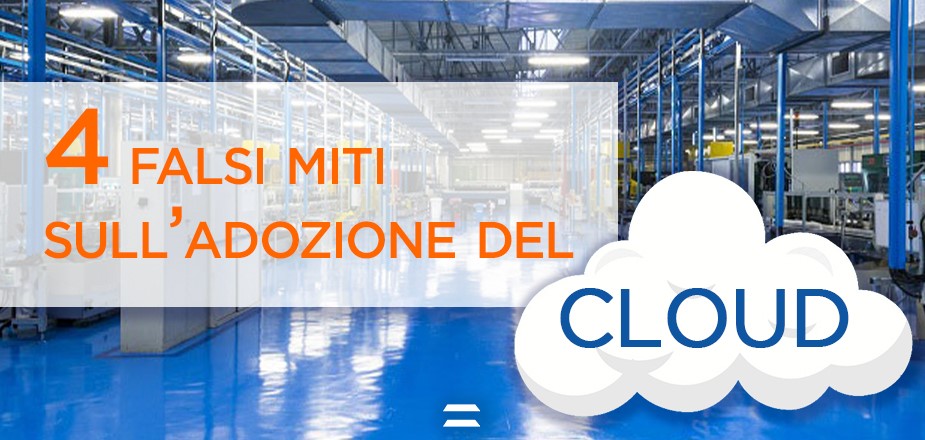Most companies that choose to use cloud-based solutions do so to make the most of the benefits offered in terms of flexibility and cost savings.
How can you make the most of these benefits?
If you are considering a cloud-based solution, such as CyberPlan Web, you may want to dig deeper into some cloud-related issues. In particular, it is important to dispel the false myths that have been created about cloud solutions. Below are 4 of the most important false myths about the cloud.
1. Web applications offer the same things, simply online
This may be true for “low quality” software, but software such as CyberPlan is offered in the web version to offer customers new features and tools otherwise not applicable on client-server platform. These are features that can support the user, allowing them to work more easily and effectively and increase operational productivity: whether you are in the office or on the go, on the workstation or with a tablet in hand, you can control the progress of orders and compliance with delivery times. Since CyberPlan Web is located in the cloud, it is also constantly updated, maintained with simplicity and is available whenever you need it. In addition, only the web platform allows the latest artificial intelligence, machine learning and augmented reality technologies to be implemented in CyberPlan.
2. By moving the tool to the cloud you lose control of it
You only lose control of time consuming activities, which you would like to delegate. For this reason, a software in the cloud version is actually cheaper than the on-premise version. In addition, the infrastructure based on cloud technologies allows you to avoid searches and installations that are necessary in the case of on-premise software and that are expensive in terms of time and resources.
3. Data stored in the cloud is not secure
In fact, Cybertec’s cloud infrastructure is organized in such a way that each plant is isolated from the others, both at the user and data level, which guarantees security and data protection. Another aspect to consider is the encryption of data, a technique that protects it from theft and renders it incomprehensible in the event of intrusions into the data center. In addition to being encrypted, data is stored on multiple disks at the same time. This technique, called data redundancy, allows you not to suffer the unpleasant consequences in the event of hard drive failures and allows you to always have a backup copy in case something should go wrong.
4. In the long term, the cloud costs more
Some people think that choosing the web version of a given software may be more expensive than the on-premise version, however this is not necessarily true. In fact, looking at the costs over time, you can see how the cost of cloud in the first 10 years remains below the cost of on-premises approaching only in the ninth year. It should also be noted that in addition to saving onthe initial purchase of the hardware structure, you save again whenever it needs to be replaced. Meanwhile, those who have opted for the cloud solution enjoy hosting on modern and up-to-date systems, without any effort.
Download the complete guide on the differences between cloud and on-premise
If you want to know more or need to decide between the two types of solution, you can download the complete guide by clicking here.
